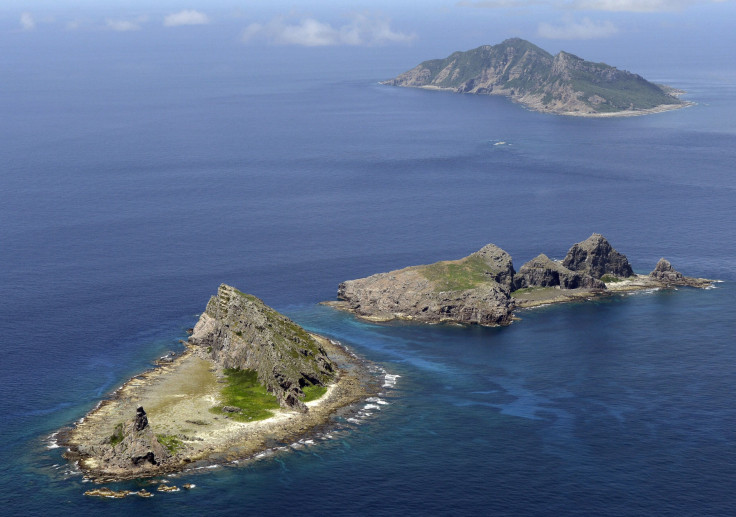China Says Has Every Right To Drill In East China Sea

BEIJING (Reuters) - China said on Friday it had every right to drill in the East China Sea close to waters disputed with Japan, adding that it did not recognize a "unilateral" Japanese median line setting out a boundary between the two in the waters.
Japan this week called on China to halt construction of oil-and-gas exploration platforms in the East China Sea close to waters claimed by both nations, concerned that Chinese drills could tap reservoirs that extend into Japanese territory.
Patrol ships and aircraft from both countries have been shadowing each other in the area over the past couple of years, raising fears of a confrontation and clash.
In an escalation of the latest dispute, Japan released aerial photographs of China's construction in the area, accusing it of unilateral development and a halfhearted attitude toward a 2008 agreement to jointly develop resources there.
China resumed exploration in the East China Sea two years ago, Japan said. In 2012, Japan's government angered China by buying a disputed island chain there from private owners.
Before then, China had curtailed activities under an agreement with Japan to jointly develop undersea resources in disputed areas.
The platforms are being erected on the Chinese side of a median line delineating the exclusive economic zones of the two countries, according to a Japanese ministry official said.
China's Foreign Ministry said its drilling activities in waters which are not disputed and under Chinese administration are "completely appropriate and legal".
"China and Japan have not yet delineated maritime boundaries in the East China Sea, and China does not recognize the Japanese side's unilateral marking out of a so-called 'median line'," the ministry said in a statement.
China's position is that it had a 200 nautical mile exclusive economic zone, and its continental shelf in the East China Sea extends to the Okinawa Trough, it added.
Japan was the one distorting the consensus reached in 2008, and Japan should "create good conditions and atmosphere" for resuming talks, which China sees as a good way of managing the dispute, the ministry said.
Japan worries that the platforms will tap into gas fields that overlap the median line and could also be used as radar stations or bases for drones or other aircraft to monitor air and sea activity near the disputed chain of islets, known as the Senkaku in Japan and Diaoyu in China.
© Copyright Thomson Reuters 2024. All rights reserved.





















